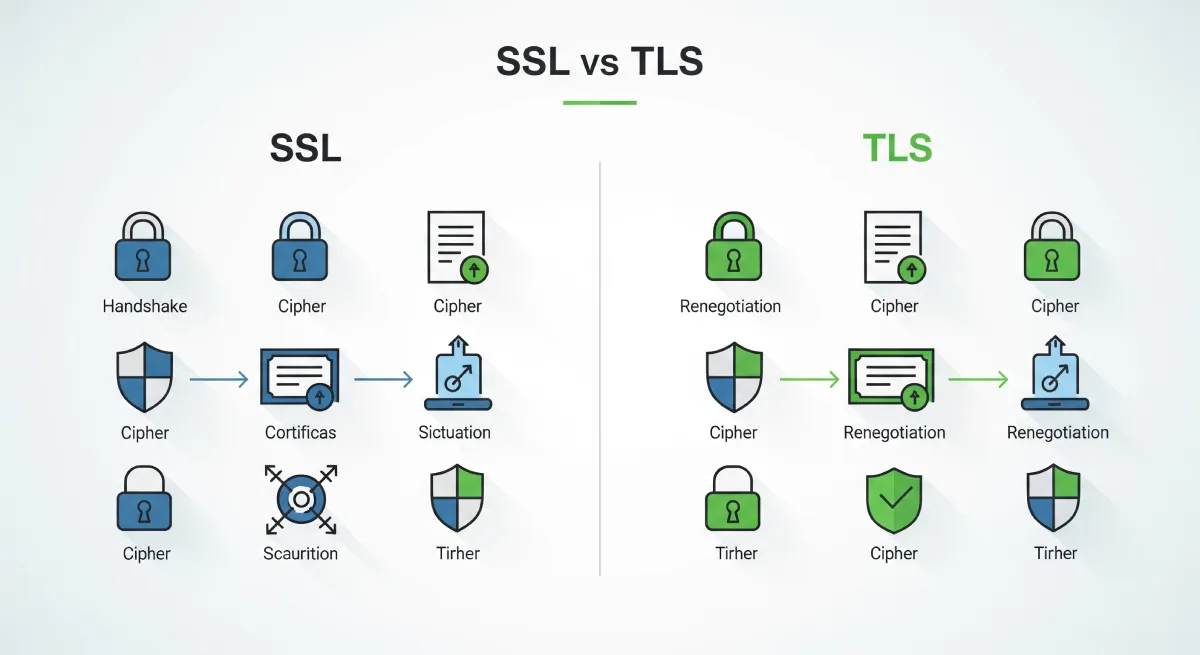Introduction
Understand the key differences between Data Mining vs Data Warehousing. Learn how data warehousing stores large datasets for analysis, while data mining uncovers hidden patterns and insights to drive informed decision-making.
Understanding Data Mining
Data Mining refers to the process of discovering patterns, correlations, and trends within large datasets to extract meaningful information. It involves applying various statistical and machine-learning techniques to identify hidden patterns and make accurate predictions. Data Mining enables organizations to gain valuable insights, make informed business decisions, and drive growth. By uncovering patterns and relationships, it empowers businesses to optimize their operations, target their marketing efforts, and enhance customer experiences.
Exploring Data Warehousing
On the other hand, Data Warehousing focuses on the efficient storage and management of vast amounts of data. It involves collecting, organizing, and integrating data from various sources into a central repository known as a data warehouse. Data Warehousing provides a unified view of an organization’s data, enabling easy access, analysis, and reporting. By consolidating data from disparate sources, it enhances data quality, enables faster decision-making, and supports business intelligence initiatives.
Key Differences
While Data Mining and Data Warehousing are both essential components of data-driven decision-making, they serve distinct purposes. Here are some key differences between the two:
1. Objective
Data Mining: The primary objective of Data Mining is to extract valuable insights and patterns from large datasets.
Data Warehousing: The main objective of Data Warehousing is to provide a centralized repository for efficient data storage and retrieval.
2. Focus
Data Mining: Data Mining focuses on analyzing data to discover patterns, relationships, and trends.
Data Warehousing: Data Warehousing focuses on the collection, integration, and storage of data from various sources.
3. Data Structure
Data Mining: Data Mining techniques work with both structured and unstructured data.
Data Warehousing: Data Warehousing primarily deals with structured data.
4. Usage
Data Mining: Data Mining is utilized for advanced analytics, prediction, and decision-making purposes.
Data Warehousing: Data Warehousing is used for reporting, business intelligence, and historical analysis.
Applications in Various Industries
Both Data Mining and Data Warehousing find applications in diverse industries. Here are some examples:
Data Mining: Retailers can use Data Mining to analyze customer purchasing patterns and optimize their product offerings. Healthcare organizations can apply Data Mining to predict disease outbreaks and improve patient care. Financial institutions can leverage Data Mining to detect fraudulent activities and manage risks effectively.
Data Warehousing: Manufacturing companies can use Data Warehousing to integrate data from various production systems and monitor overall performance. E-commerce businesses can benefit from Data Warehousing by consolidating customer data for personalized marketing campaigns. Educational institutions can utilize Data Warehousing to track student performance and enhance academic planning.
Conclusion
In conclusion, Data Mining and Data Warehousing are vital components of the data analysis ecosystem. While Data Mining focuses on extracting valuable insights and patterns, Data Warehousing emphasizes efficient data storage and retrieval. Both techniques offer immense benefits to organizations across various industries, empowering them to make informed decisions and gain a competitive edge.
By understanding the key differences and applications of Data Mining and Data Warehousing, businesses can leverage these techniques to unlock the true potential of their data and drive innovation.
So, whether you are seeking advanced analytics or efficient data storage solutions, it’s crucial to embrace the power of Data Mining and Data Warehousing in today’s data-driven world.




